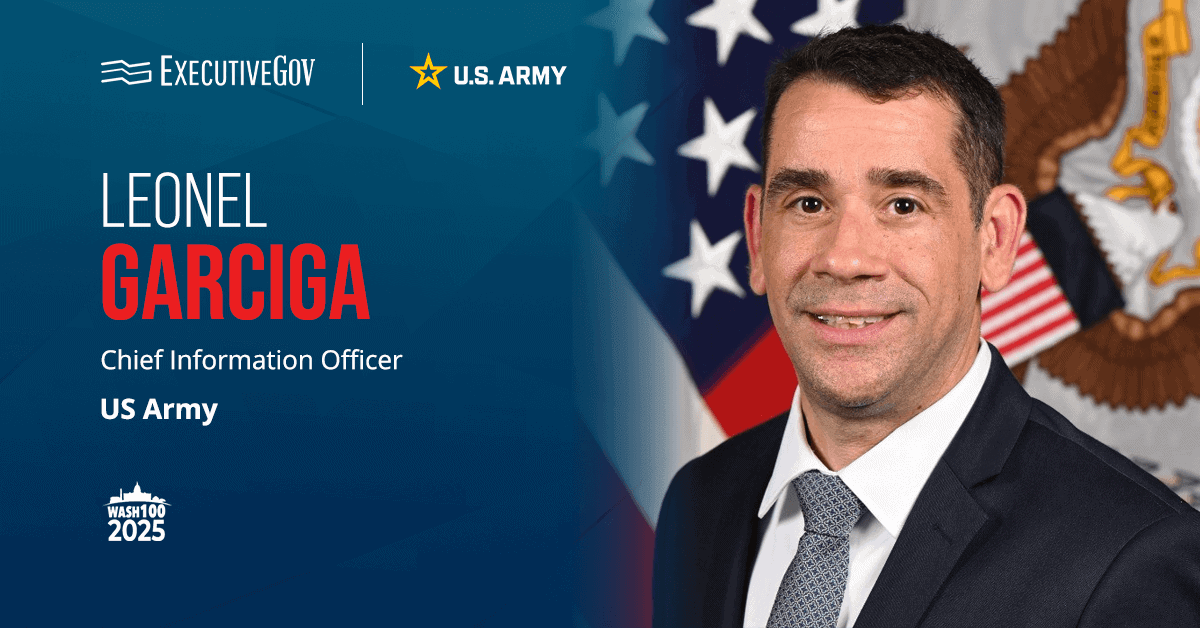 The National Institute of Standards and Technology has published a report on technology transfers between federal laboratories and private sector entities in fiscal year 2014.
The National Institute of Standards and Technology has published a report on technology transfers between federal laboratories and private sector entities in fiscal year 2014.NIST said Thursday the “Federal Laboratory Technology Transfer, Fiscal Year 2014, Summary Report” shows federal laboratories established approximately 9,180 formal collaborative research agreements and 27,182 research and development-related relationships in FY 2014.
Federal researchers filed 5,103 invention disclosures and 2,609 patent applications; received 1,931 patents; and reached more than $194.2 million in income from 5,985 active income-bearing licenses, NIST added.
Technologies that were transferred in 2014 include a three-dimensional endoscope that works to provide a visual of the “tight working space” within the human skull and chip-scale atomic magnetometers designed to detect hidden weapons, locate underwater pipes and cables and medically image the heart and brain.
Government laboratories also transferred a modular positron emission tomography detector to aid clinical oncology; an anthrax diagnostic device; and food defense modeling and simulation tools to support the Food Safety Modernization Act.
Federal laboratories transfer research results to private sector organizations for further development into consumer products and services.
Academic and industry researchers can also use federal laboratory facilities and form research collaborations between federal laboratories and nonfederal institutions and businesses under technology transfer regulations, NIST noted.
The report works to measure progress toward the goals of a 2011 presidential memorandum that directed federal laboratories to expedite technology transfer operations.





